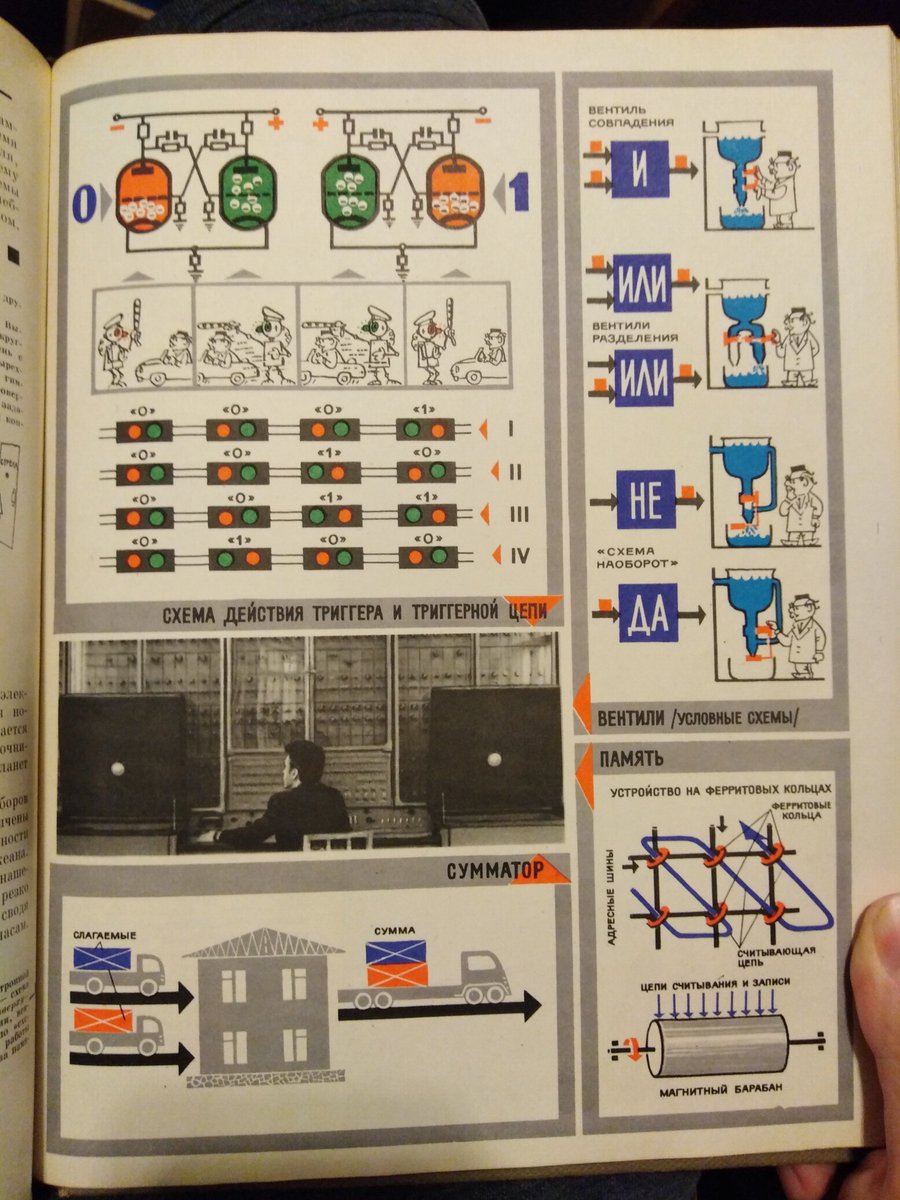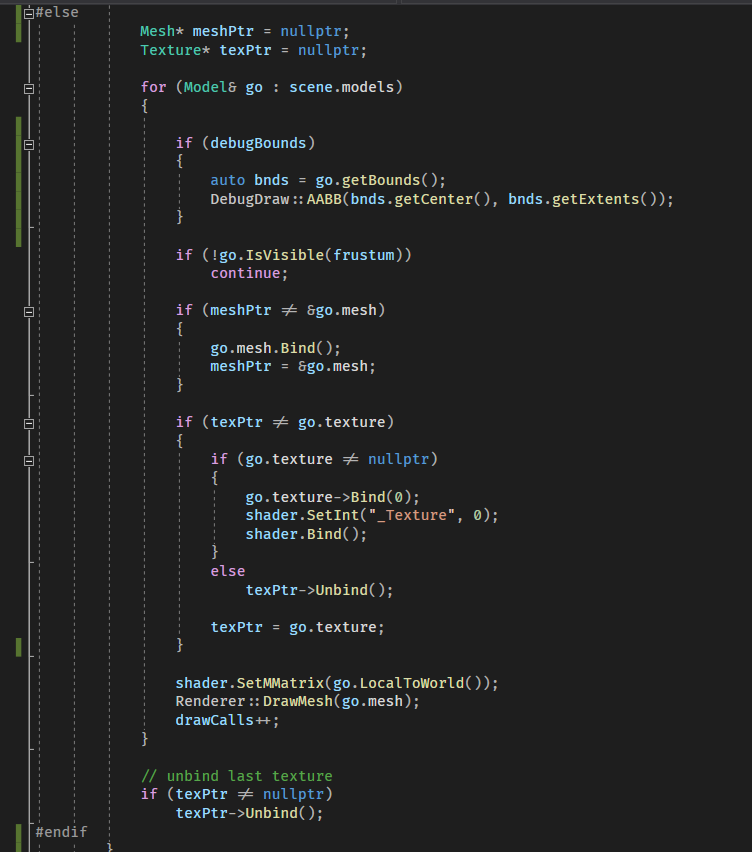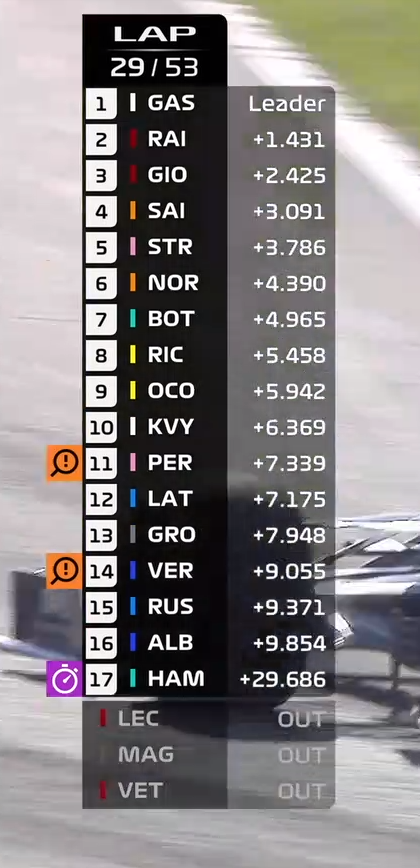
A little announcement:
First off: Happy New Year everyone!!
So, my life in the old year was very eventful and hectic with many ups, but unfortunately, I will remember 2022 as one in which I haven't published a single game! Real life stuff took so much energy from me.. ->
First off: Happy New Year everyone!!
So, my life in the old year was very eventful and hectic with many ups, but unfortunately, I will remember 2022 as one in which I haven't published a single game! Real life stuff took so much energy from me.. ->
..& I haven't participated in jams. While my new social landscape has kept me satisfied, games have definitely taken a back seat & for the second half of the year I barely worked on or could focus on my own projects. Any free time I had I used on learning new not-games skills. ->
That said, 2023 will be different! In the new year, I am making plans which I want to stick to. 1st of which is that I am going to release the first version of #ShakedownGame on 18th of January! Yes, that's in just a bit more than 2 weeks, and a day before Monte Carlo Rally! -> 



..And yes, of course that means I will be streaming the development of it again! Starting tomorrow! Stay tuned, I will update here, or join my discord if you want to chat 😊 You can find all the links here: nothke.github.io.
All the best in the new year!!
All the best in the new year!!
• • •
Missing some Tweet in this thread? You can try to
force a refresh























